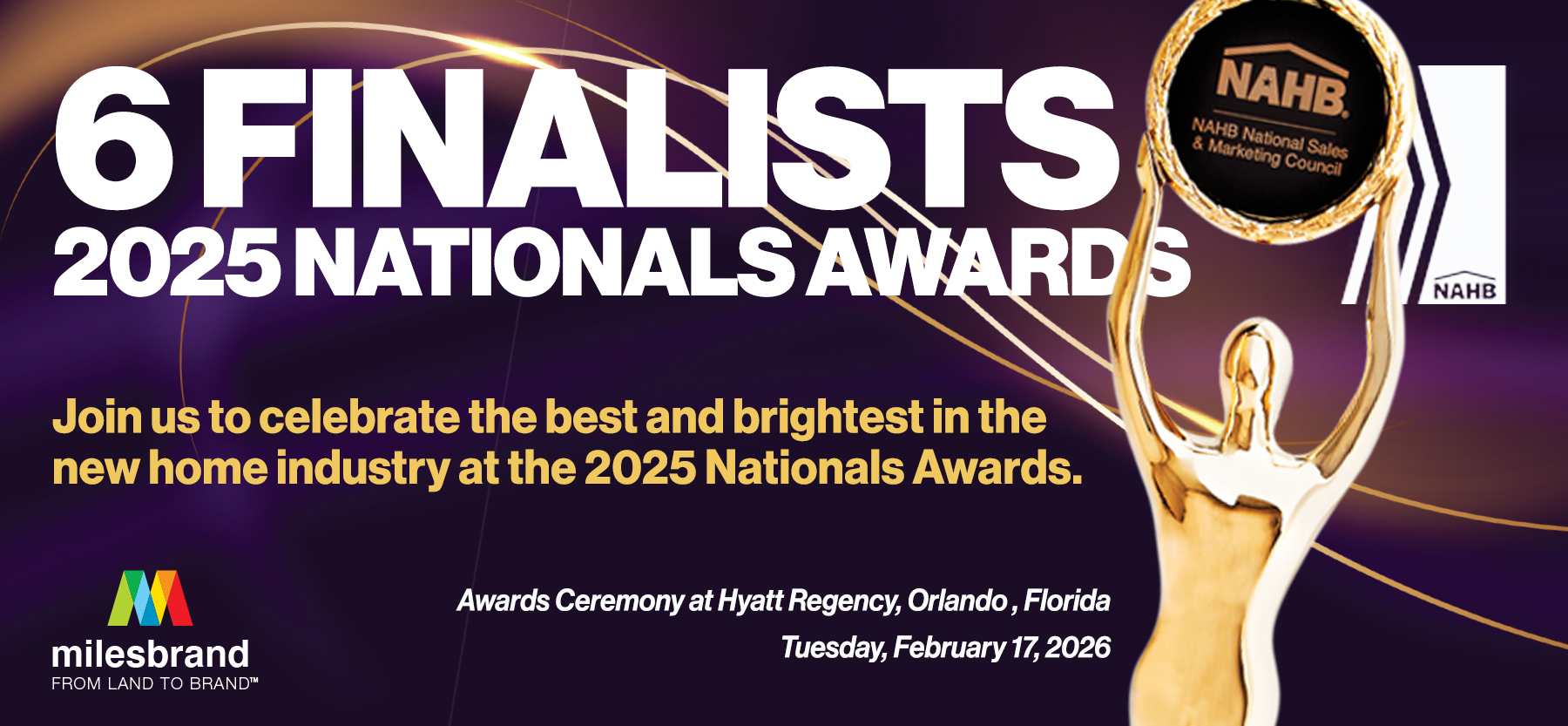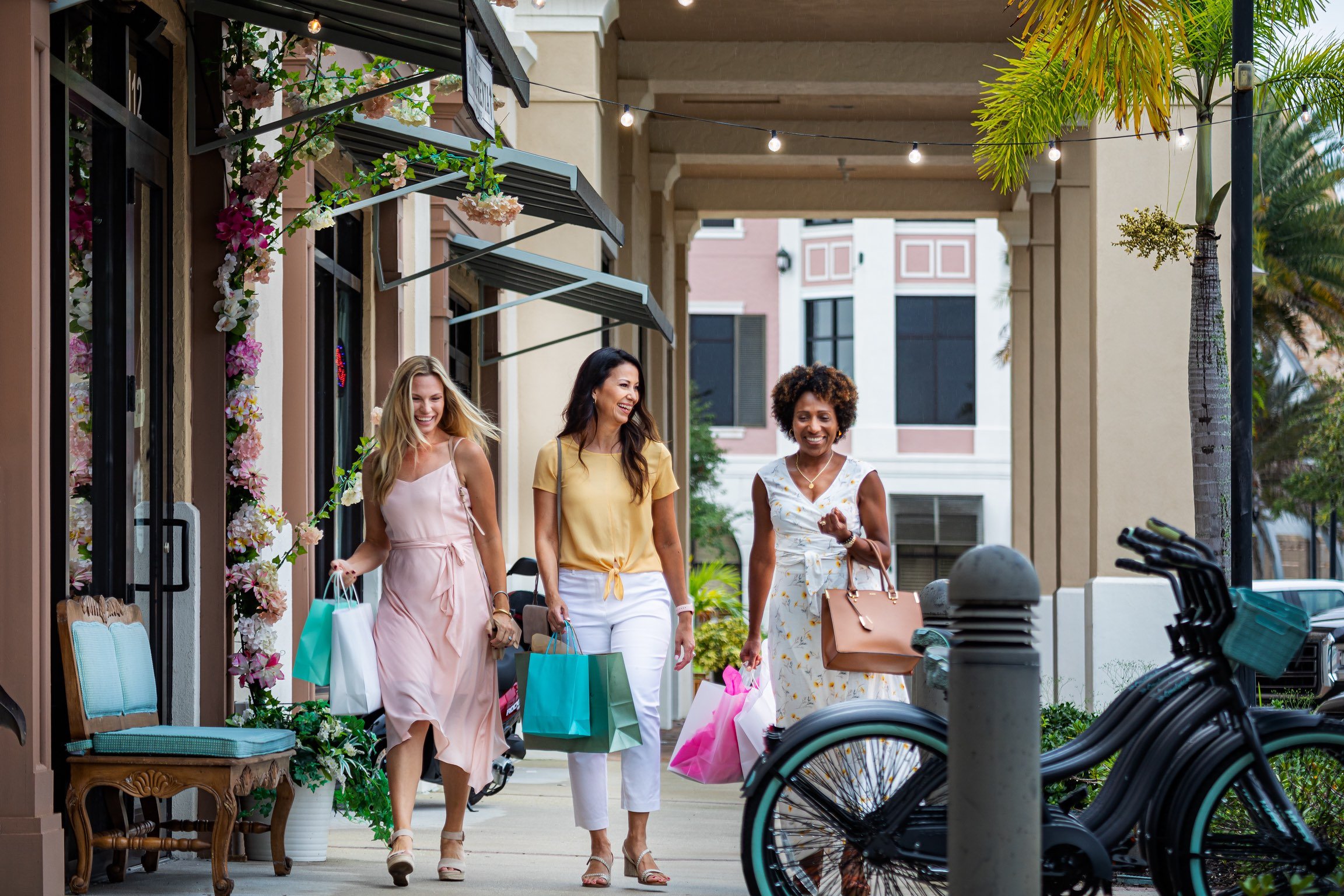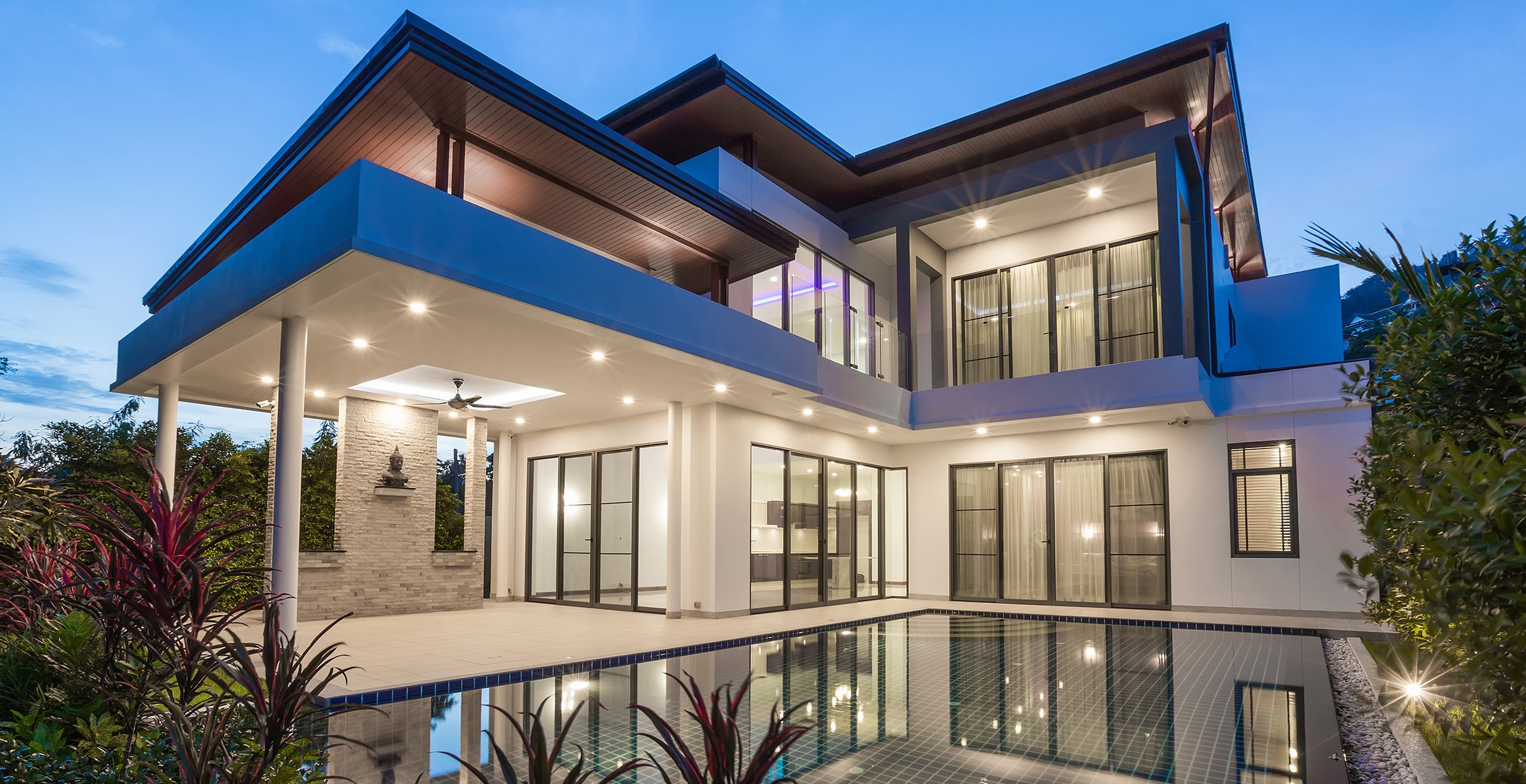October 14, 2024
How to Make Your Master-Planned Community a Destination
At Milesbrand, we have the privilege of partnering with master-planned community developers to create unique, sought-after places to live. However, our goal extends beyond just simply helping our real estate partners build great homes and communities. We aim to transform these communities into destinations – places people desire to be, not just live.
Creating a destination involves more than just constructing homes. It requires building a community brand that resonates with potential home buyers both emotionally and physically. It’s less “build it and they will come” and more “build it, brand it and they will come.” In 2024, achieving this balance between the tangible and intangible is critical.
While our team thinks about branding, we invite you to think about building. With decades of experience branding master-planned communities, here’s some of the tried-and-true best physical features of a successful master-planned community:
1. Walkability and Connectivity are Non-Negotiable
While walkability has been a focus for years, it continues to gain importance as hybrid work and health-conscious lifestyles dominate. The demand for easily walkable areas remains strong, and today’s best communities offer scenic trails, parks and well-connected retail hubs. For example, Lyric at RidgeGate by Shea Homes includes multiple walkable neighborhoods surrounded by parks, trails and open space connected to dining, shopping, fitness and fun.
Communities that incorporate the ability to walk, bike, connect and socialize without needing a car tend to thrive. Whether homeowners are walking the dog, walking the kids to school, biking as a form of exercise or walking to grab a cup of coffee at the town center, the ability to be connected encourages physical activity and wellness while fostering a stronger connection among residents. This connectivity to each other and local amenities are a massive value-add and contribute strongly to making a master-planned community a sought-after destination.
2. Prioritizing Wellness for All Ages
The concept of wellness in master-planned communities has expanded beyond gyms and trails to include wellness-focused programming and spaces designed for physical, mental and emotional well-being. This can be as simple as finding ways to ensure residents are less reliant on cars to adding a community garden where homeowners can grow vegetables and flowers.
Developers are also now including holistic wellness options such as spas, meditation gardens and even social wellness spaces. These amenities help differentiate a community from others, as seen with Nona Cove in Florida. We helped brand Nona Cove as a “new wellness” destination, where wellness is woven into everyday life. New wellness is something residents of Nona Cove pursue intentionally. Milesbrand created a cohesive branding strategy to imagine what an apartment residence can offer. Nona Cove’s positioning as a wellness community is simple – it focuses on self-care and loving yourself, choosing to build a life you don’t need to escape from regularly.
3. Elevating Experiences to Foster Community Engagement
Communities today must offer engaging experiences that enrich the lives of their residents. From daily fitness classes to seasonal festivals with food trucks and live music, experiences can turn a great place to live into a destination where people want to spend time. With experiences, the options border on endless, and we encourage you to get creative. These efforts help overcome the real estate industry’s looming perception as somewhat generic and unimaginative.
No matter which experiences you offer, the effort sends an important signal to your audience: you are aware of and committed to the overall customer experience, even after your homebuyers move into their new home. Too often, home builders aren’t focused on the post-purchase customer experience, and this sets master-planned community builders and developers apart.
As the demand for curated experiences grows, there’s also an opportunity to enhance digital experiences. Many leading master-planned communities now offer apps that help residents stay connected with community events, amenities and services, taking customer experience to a new level.
4. Amenities at the Heartbeat of Destination Communities
Not all amenity-rich communities stand out, but all stand-out communities are amenity-rich.
Now more than ever, the amenities in a master-planned community define its appeal. As we’ve seen in thriving developments like Ave Maria in Southwest Florida, amenities such as a bustling Town Center, two championship golf courses, retail shopping, clubhouse, pool, waterpark, trails, fields, recreation facilities and so much more. The amenities also include an eco-friendly touch with its Rural Land Stewardship Program that preserves 17,000 acres of land in and around the community.
Amenities offer something for homeowners to do on a regular basis, and they continually remind residents that they made the right decision while also sending out a message of livelihood to undecided home buyers. The community with the most popular pool in town? That community becomes the place to be. The community with beautiful parks and gathering spaces? That becomes the destination. Polished fitness centers, scenic trails and dog parks? Same story.
5. The Importance of Town Centers in a Hybrid World
Town centers are evolving as mixed-use hubs, where work, play and living converge seamlessly. Communities like Ave Maria continue to thrive with its bustling Town Center and Main Street District, offering everything from medical facilities to coffee shops and entertainment. As hybrid or fully remote work is now a norm, these spaces offer residents a way to live close to conveniences without sacrificing community connection.
The concept of “15-minute cities” – communities where residents can meet most of their needs within a short walk or bike ride – has gained traction, especially in the post-pandemic world. This trend is being embraced by master-planned communities that prioritize convenience and connectivity. It utilizes many of the values of traditional neighborhood developments (TNDs), which incorporate a mix of residential and retail spaces into communities using traditional town planning principles.
6. Design and Aesthetics Still Matter
While the need for excellent amenities and experiences grows, the role of design and aesthetics in creating a destination cannot be understated. Design is an integral part of placemaking. The community should not only function well but also offer beauty and inspiration at every corner. From thoughtfully designed parks to cutting-edge architecture, design gives the community a distinct character that attracts homebuyers. As placemaking continues to trend, community design must reflect both the brand and vision for long-term livability.
Make Your Master-Planned Community Stand Out with Milesbrand
By focusing on these key aspects, Milesbrand continues to help developers transform communities into destinations. In 2024 and beyond, the best master-planned communities will blend walkability, wellness, experiences, amenities, design and connectivity to create places where people want to live – and more importantly, where they want to stay.
To explore how to turn your master-planned community into a destination, contact the Milesbrand team today.












